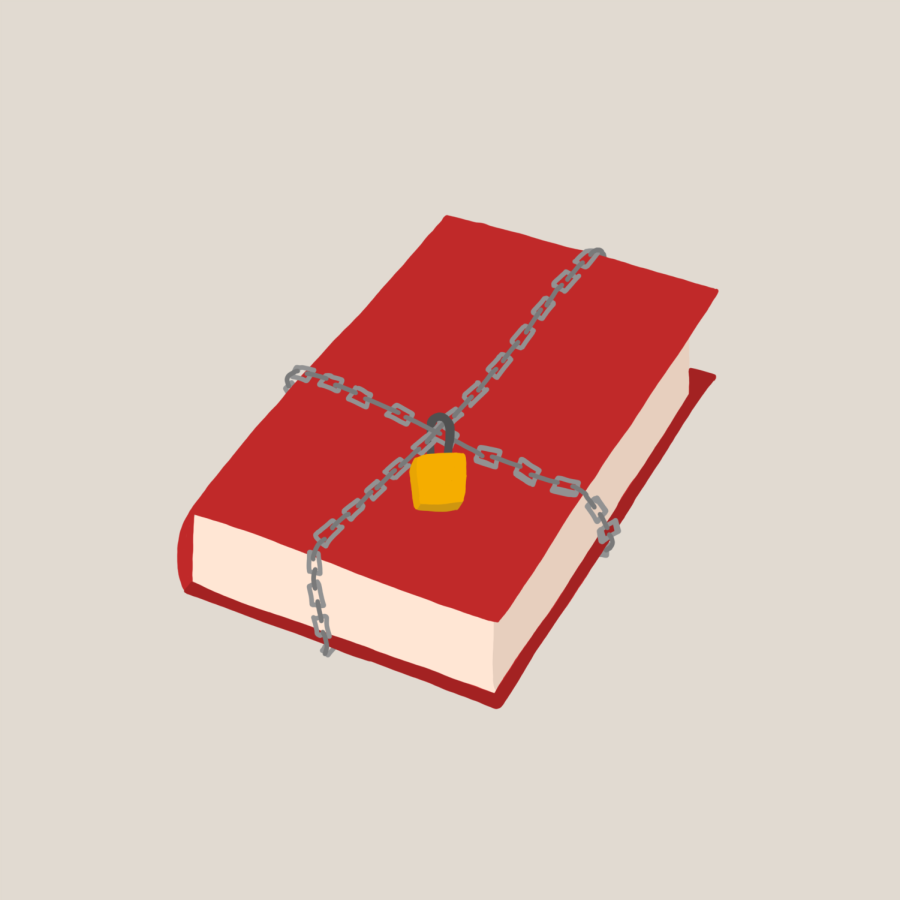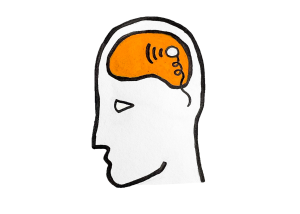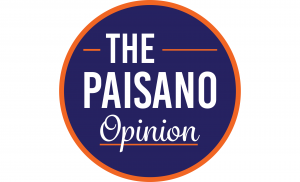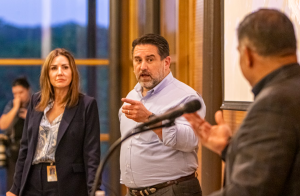Books aren’t made for burning
November 16, 2021
“Where they burn books, they will also ultimately burn people.” So wrote Heinrich Heine, one of Germany’s greatest poets — Heine spoke of book burning, a practice involving the burning of books that opposed Nazi ideology. Although book burning is not relatively common today, the current practice of book bans has been adopted by schools, libraries and communities since the 1600s and continues well into the 21st century. Centuries of censorship have contributed to a culture of selective bias within the education system in the United States.
School systems have an obligation to provide their students with a high-quality, comprehensive education; this includes the ugly parts of history that make us uncomfortable. Nonetheless, it has become common practice for school districts to omit curriculum that does not align with their cookie-cutter agenda. This is unacceptable, as an unbiased, objective understanding of history is crucial for students to develop their own informed opinions and values.
Additionally, Texas governor Abbott has recently called for the Texas Education Agency to initiate book bans over obscene content. The proposed legislatures neglect the separation of church and state and fail to modernize alongside education. The American Booksellers for Free Expression explain that most requests for censorship today are religiously charged and based on claims that are unapologetically bigoted. It has become increasingly common for books authored by women, people of color and members of the LGBTQ community to be questioned and ridiculed.
It seems that the original purpose of books — as vessels to other worlds, cultures and experiences — has been neglected. Books are portals to other worlds on this very same planet. For example, “Of Mice and Men,” written by John Steinbeck in 1937, depicts life as it was during the Great Depression of the 1930s.
The novella, which uses strong language, racial slurs and profanity, displays themes of racism and sexism throughout. It tells a very raw, heartbreaking story, but it is a story that must be told. The American Library Association shares that “Of Mice and Men,” which appears among the top ten most challenged books of 2020, is regularly under fire for using “racial slurs and . . . stereotypes [due to] their negative effect on students.”
This actually happened. To real people. In real life. We cannot blacklist controversial content, no matter where in time it exists, simply because it causes us discomfort. Instead, we must ask ourselves: why do these things make us uncomfortable? Chances are, these topics are upsetting because they place us in the narrative of the lives we never thought we would have to live —the lives we thought we were safe from. If we are able to identify and push through this discomfort, we have the opportunity to learn from the mistakes of our ancestors and grow as not just a country but as a race: the human race.
As Mark Twain once so beautifully said, “History doesn’t repeat itself, but it often rhymes.” In saying this, Twain urged people to protect the future by remembering the past. The lessons of our past failures are often embedded in literature, and the teachings of these books encourage young readers to always read between the lines and ask questions. There are countless stories to be lived, told and listened to; books offer the perfect opportunity to explore worlds other than your own and can provide students with the tools they need to navigate the future without repeating the mistakes of the past.
The ugly in this world will be there whether you choose to look at it or not. The obscenities we are trying to ban from literature exist all around us. All books, even the controversial ones, have educational value. While these books may contain graphic and heavy topics, the real world exhibits the same injustice. Prohibiting the discussion of sensitive matters rewrites a false, rose-colored narrative that fails to prepare students for the harsh reality of adulthood.











